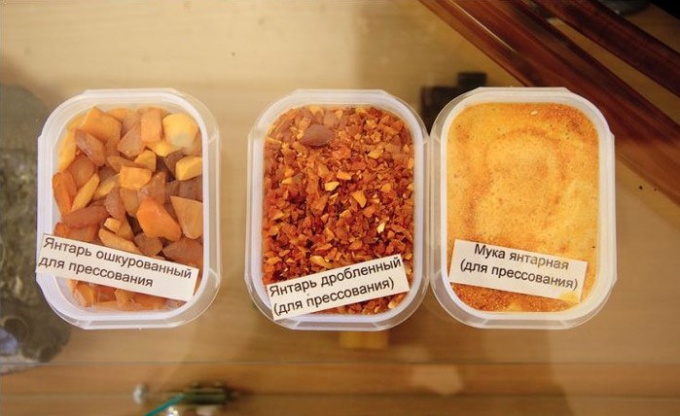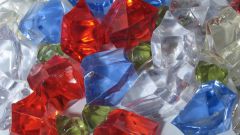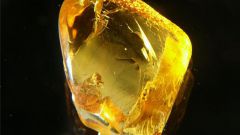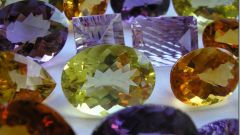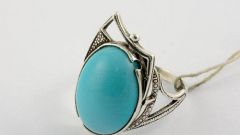Instruction
1
Fakes do not possess the properties of amber, but successfully imitating its appearance, occur very often. To distinguish natural amber in color, form and transparency. Amber is of three types: opaque (this includes foam and bone amber), translucent (in this category amber there are concentrations of voids, giving a cloud of turbidity) and completely transparent. Forge with equal success all three categories.
2
If natural amber is to RUB pure wool, it will get electrified. exactly and will attract pieces of thread, dust, paper. With fake the effect will be much weaker. Simulation can be defined with the help of saline solution, but this method is only suitable for loose amber. Stone put in a salt solution, the fake will sink, while amber rests on the surface. Determine the authenticity, by using the magnifying glass, the power needs to be at least tenfold. Wavy formation that appears when the sintering of the particles, are fake. Thus it is possible to distinguish amber from various types of polymers and plastics.
3
Much more difficult is to distinguish amber from Copal, with which they are similar in color and form. The Kopal call used in the manufacture of varnishes fossil resin. When heated, the smell of digging unpleasant, and amber highlights like the clove flavor. Copal melts more easily and is not electrified by friction. In essence he is an immature resin and its composition is identical to natural amber, but it is very soft, the dent it can leave sometimes even with a fingernail. If you put on a stone a drop of alcohol and the surface becomes sticky is dug. The Kopal stains from acetone, amber no. If digging is treated in an autoclave, it acquires all the properties of natural amber and to distinguish a fake is even more difficult.
4
Pressed amber is another common alternative to amber. The product is obtained by processing small pieces of amber with amber flour adding color. At a temperature of 200-250oC and high pressure amber melts and becomes a homogeneous mass, retaining virtually all of the properties of amber. The microscope experts note the changing shape of the bubbles and overall character structure, now resembling a mosaic or a patchwork quilt. This amber, in contrast to the natural, softened under the influence of ether - the surface becomes sticky. It is believed that after heating special natural sequence and polarity of the molecules is lost, and it is characterized by the ability to cure many diseases.
